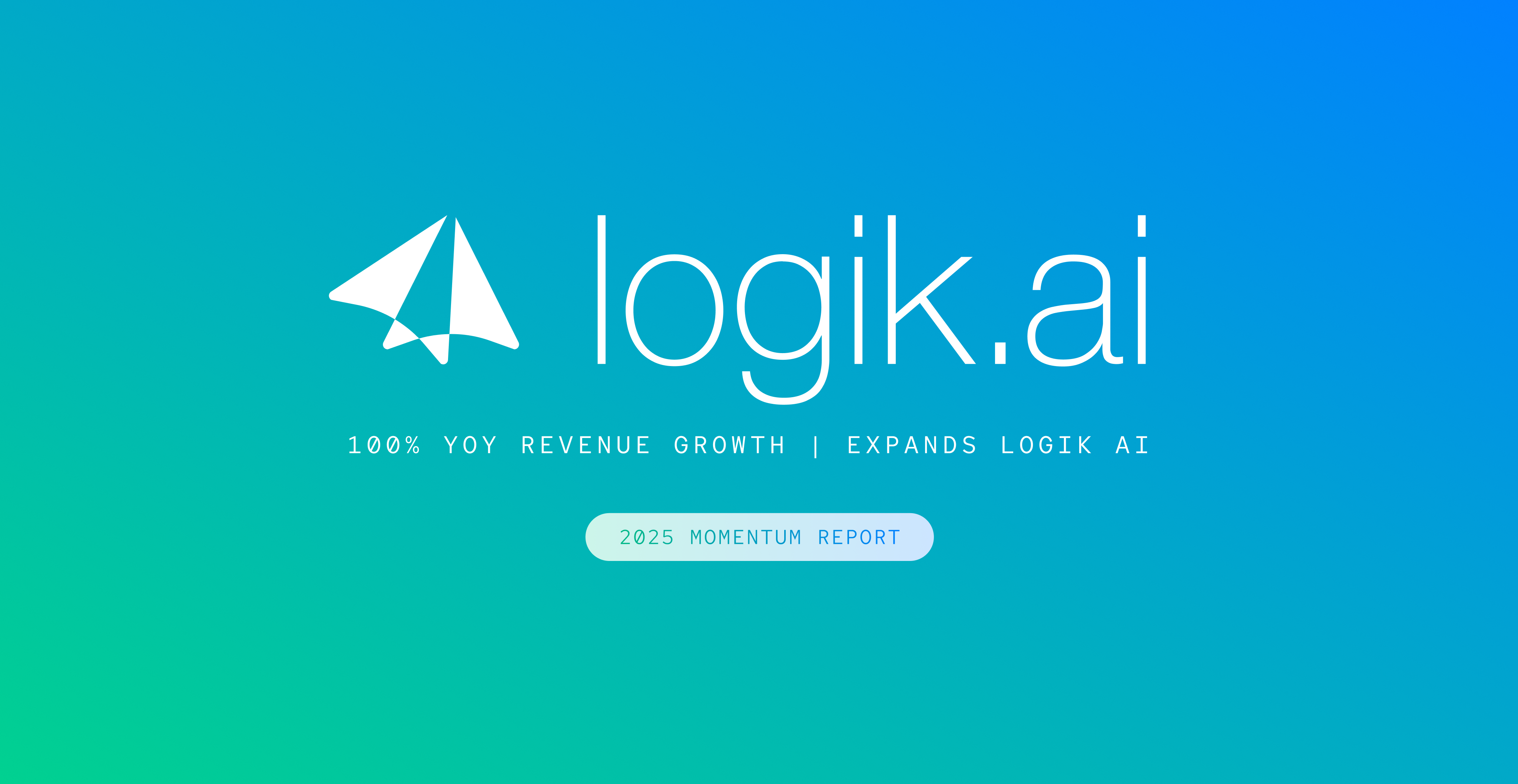A Pricing Waterfall is a cornerstone in modern commerce, driving accuracy, transparency, and efficiency in pricing strategies. Let's look closer at why it's important, how it helps make more money, and what problems can happen without this method.
Understanding Pricing Waterfall
A pricing waterfall is a methodical way to manage discounts and price changes in a specific order. Businesses often use this method, especially in the context of CPQ processes and tools like Salesforce CPQ. The pricing waterfall ensures that pricing strategies are accurate, clear, and efficient. It is particularly useful when dealing with complex pricing scenarios that involve multiple factors.
Key Components of a Pricing Waterfall
Starting Price: The first step in pricing is the original price of a product or service. This price does not include any discounts or adjustments.
Discount Schedules: Discount schedules define predetermined discounts based on specific criteria such as volume, partner relationships, or promotional periods. These schedules play a crucial role in adjusting the original price according to set rules.
Price Rules: Conditional guidelines determine how to adjust pricing based on certain circumstances. They can include criteria like customer type, product combinations, or specific conditions that trigger adjustments.
Companies often use the prorate multiplier in subscription-based models. The price changes based on the start and end dates of the contract. This ensures that customers receive fair charges if they do not subscribe for the entire billing period.
Salesforce CPQ Plus Module offers advanced features for dynamic pricing and performance-based rebates. These features contribute to strategic pricing decisions and can enhance overall customer satisfaction.
Businesses can create more accurate and transparent pricing strategies by using key components in a pricing waterfall framework. This is important in today's competitive market.
The pricing waterfall framework helps businesses understand how different factors impact pricing decisions. It allows businesses to make informed decisions based on data and analysis. This can give businesses a competitive edge in the market.
What is the Significance of a Pricing Waterfall?
Pricing waterfalls contribute to revenue optimization by providing businesses with a structured and strategic approach to pricing. Pricing waterfalls help businesses maximize their profits through various strategies.
These include offering discounts, customizing for different customers, and being transparent about revenue. They also involve handling complexity efficiently, adapting to market changes, and protecting profit margins. By utilizing pricing waterfalls, businesses can ensure they are making the most money possible.
How Pricing Waterfalls Contribute to Revenue Optimization
Strategic Discount Application: Pricing waterfalls allow businesses to strategically apply discounts at different stages of the pricing process. By categorizing and sequencing discounts, companies can ensure that discounts are applied in a way that maximizes overall revenue. This strategic approach prevents excessive discounting and helps maintain healthy profit margins.
Customization for Customer Segments: Pricing waterfalls enable businesses to customize pricing strategies for different customer segments. This customization ensures that pricing aligns with the unique needs and behaviors of specific customer groups. Tailoring pricing to different segments fosters customer loyalty, enhances satisfaction, and ultimately contributes to increased revenue from diverse customer bases.
Revenue Visibility and Transparency: Pricing waterfalls provide clear visibility into how pricing adjustments impact overall revenue. This transparency allows businesses to analyze the effectiveness of their pricing strategies and make data-driven decisions. By understanding the revenue impact of various pricing components, businesses can optimize their strategies for increased overall revenue.
Efficient Handling of Complex Pricing Scenarios: In scenarios involving multiple pricing variables such as volume discounts, partner discounts, and promotional discounts, pricing waterfalls help manage the complexity. This ensures that businesses can navigate intricate pricing landscapes with efficiency, reducing the likelihood of errors and revenue leakage. The structured approach of pricing waterfalls streamlines the handling of complex scenarios.
Adaptation to Market Changes: Pricing waterfalls offer flexibility in adjusting pricing strategies based on changing market conditions. This adaptability allows businesses to respond quickly to shifts in demand, competition, or economic factors. By staying agile and adjusting pricing strategies accordingly, businesses can optimize revenue in dynamic market environments.
Improved Profit Margins: Balancing competitiveness and profitability is crucial for revenue optimization. Pricing waterfalls protect profit margins by providing a systematic approach to discounting and pricing adjustments. This balance ensures that businesses remain competitive in the market while safeguarding their profitability, leading to sustained revenue optimization
Common Questions About Pricing Waterfall
What is a Pricing Waterfall and How Does It Work?
This fundamental question seeks an understanding of the concept of a pricing waterfall and its operational mechanisms. It delves into the sequential application of discounts and adjustments in the pricing process.
Why is a Pricing Waterfall Important for Businesses?
This question explores the significance of a pricing waterfall in optimizing revenue and ensuring accuracy in complex pricing scenarios. It addresses the tangible benefits that businesses gain from incorporating this structured approach.
How Does a Pricing Waterfall Enhance Pricing Transparency?
The transparency of pricing decisions is crucial. This question focuses on how a pricing waterfall facilitates clear visibility into the application of discounts, ensuring that customers and internal stakeholders comprehend the pricing structure.
What Challenges Does a Pricing Waterfall Address in Complex Pricing Scenarios?
This question aims to uncover the specific challenges that a pricing waterfall is designed to tackle, particularly in scenarios involving multiple variables, such as volume discounts, partner discounts, and promotional discounts.
Can a Pricing Waterfall Be Customized for Different Industries or Business Models?
Businesses operate in diverse environments. This question explores the adaptability of pricing waterfalls, examining their flexibility in accommodating the unique needs and structures of various industries and business models.
How Does a Pricing Waterfall Align with Revenue Optimization Strategies?
Revenue optimization is a central goal. This question focuses on how a pricing waterfall contributes to revenue optimization by strategically applying discounts, maintaining profit margins, and fostering a balance between competitiveness and profitability.
Is the Implementation of a Pricing Waterfall a Complex Process?
The complexity of implementation is a common concern. This question seeks insights into the ease or complexity of integrating a pricing waterfall into existing business processes, emphasizing practical considerations for implementation.
What Technology or Tools Facilitate the Integration of Pricing Waterfalls?
Technology plays a vital role in streamlining processes. This question explores the tools and technologies that businesses can leverage to seamlessly integrate and operationalize pricing waterfalls within their existing systems.
Can a Pricing Waterfall Adapt to Market Changes and Evolving Business Needs?
Market dynamics are dynamic. This question explores the adaptability of pricing waterfalls, considering their capacity to evolve alongside changing market conditions and business requirements.
How Does a Pricing Waterfall Contribute to Pricing Strategy Optimization?
Pricing strategy is a core aspect. This question delves into how a pricing waterfall aligns with and enhances overall pricing strategies, contributing to an optimized approach for sustained business growth.



